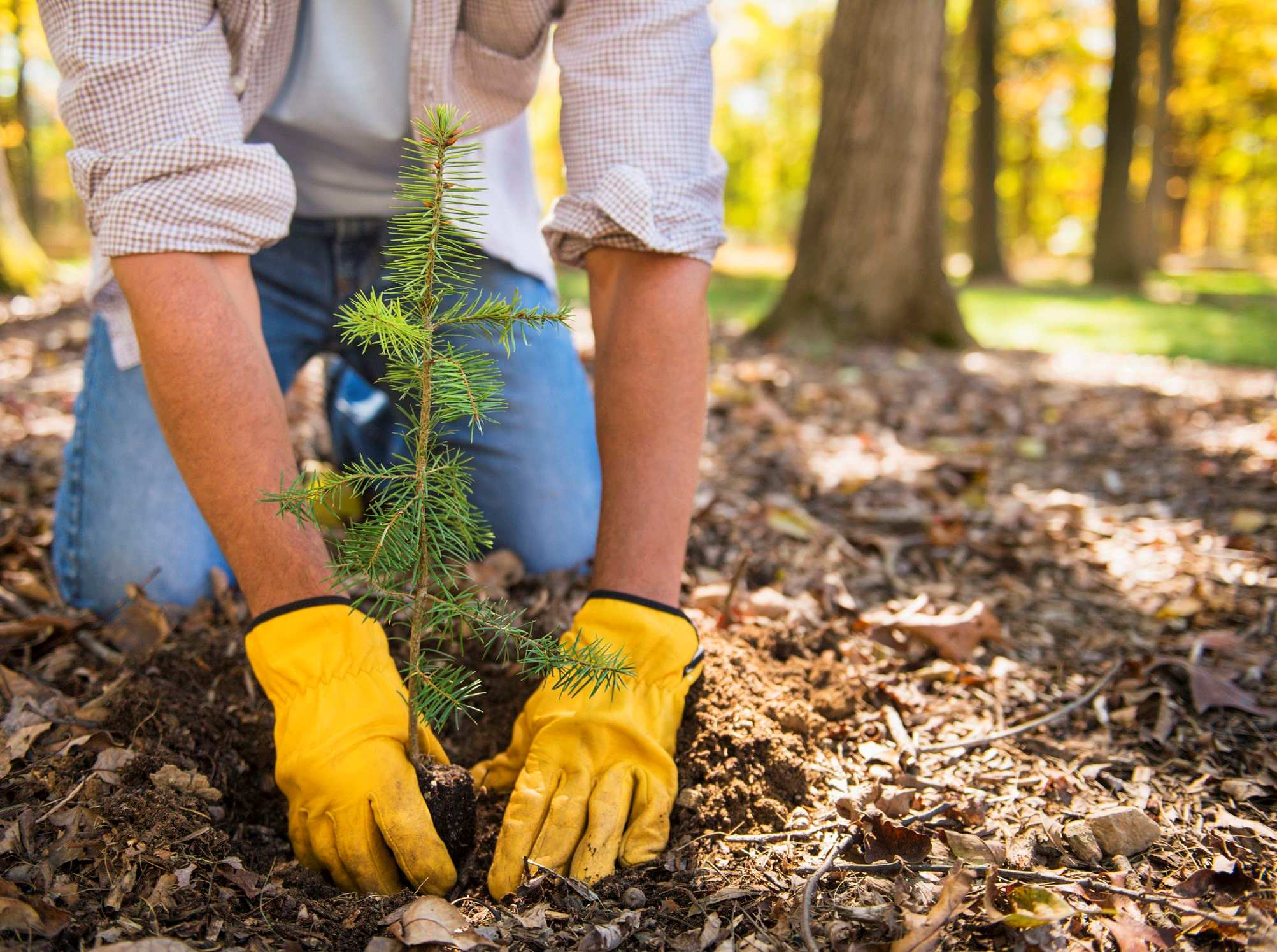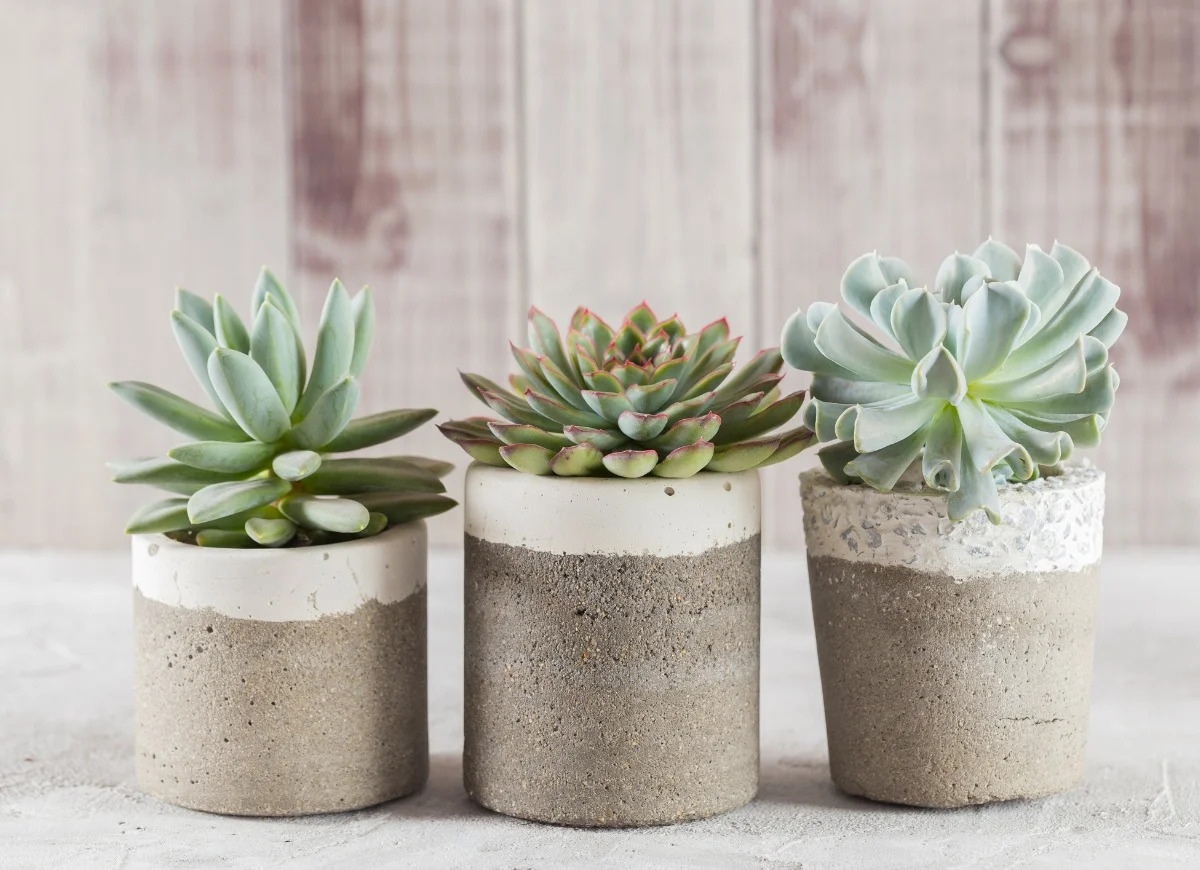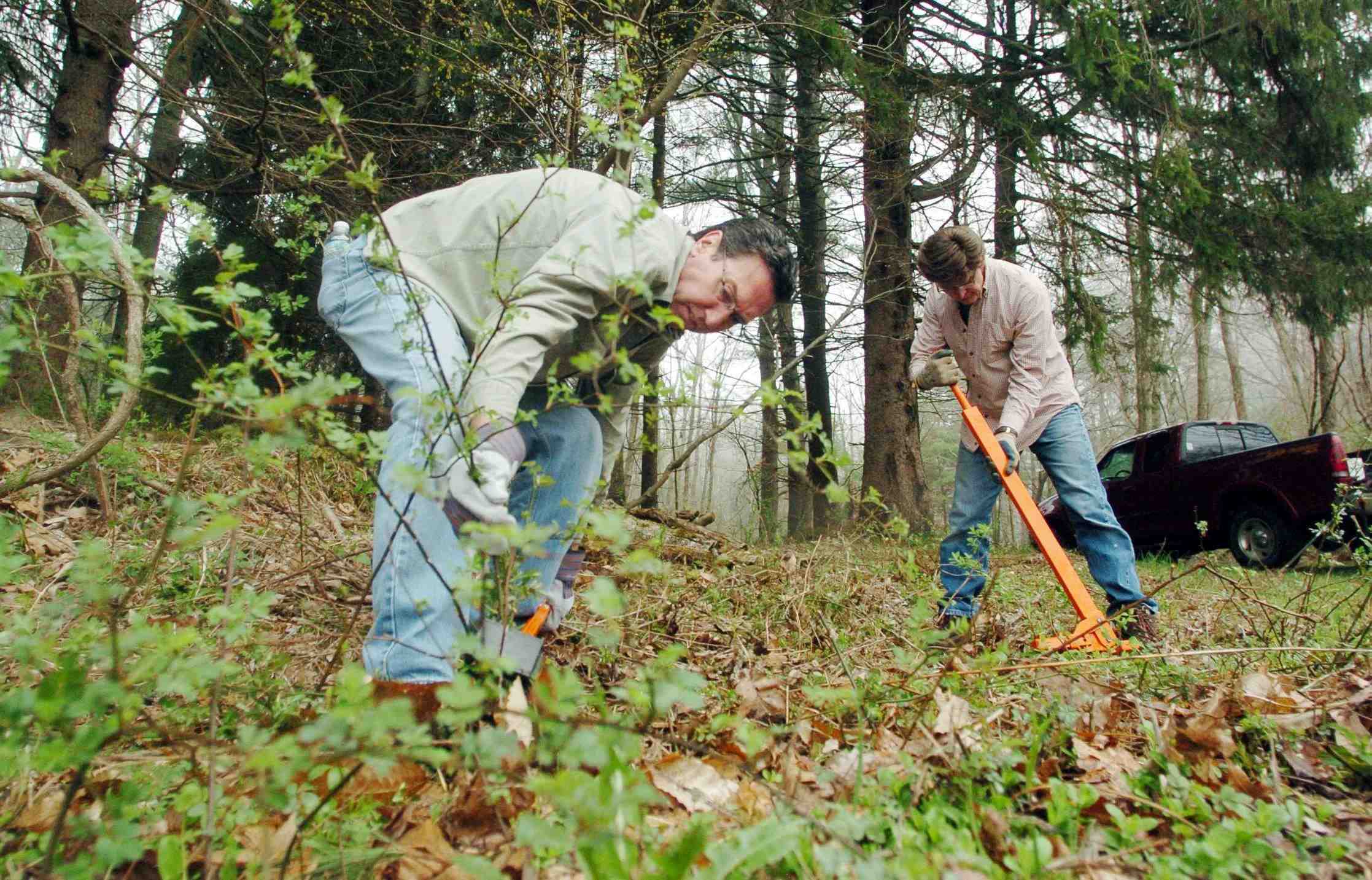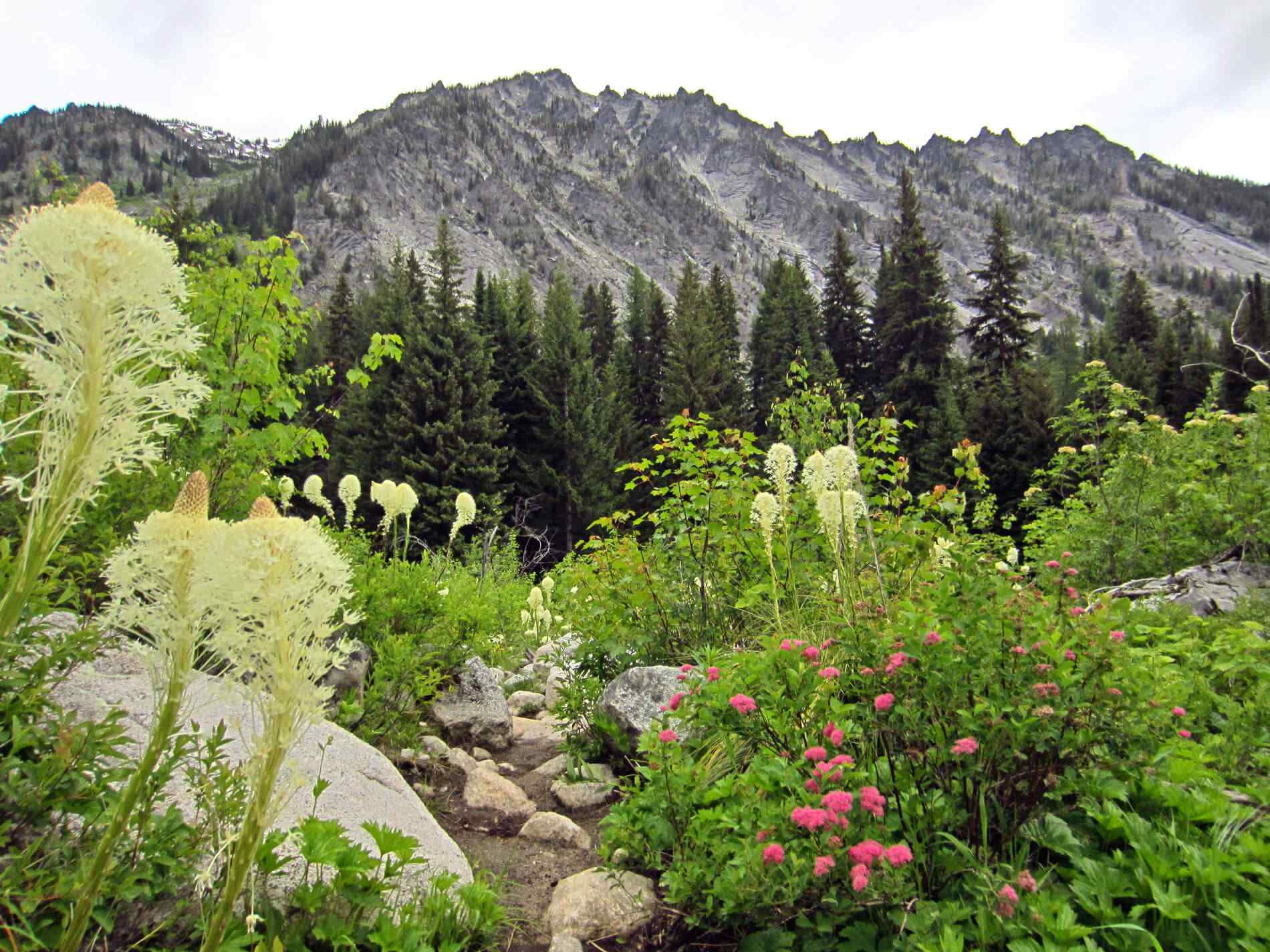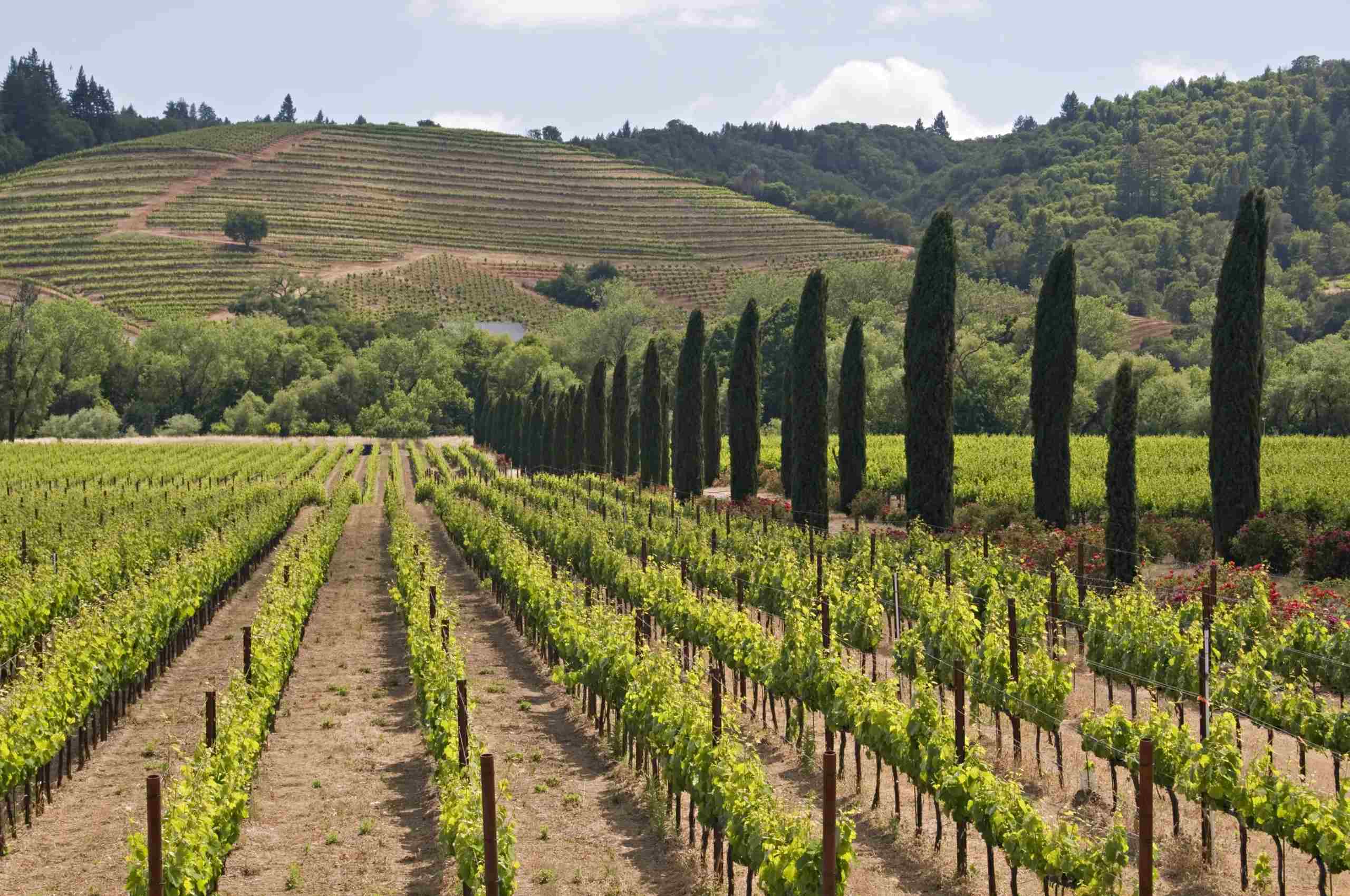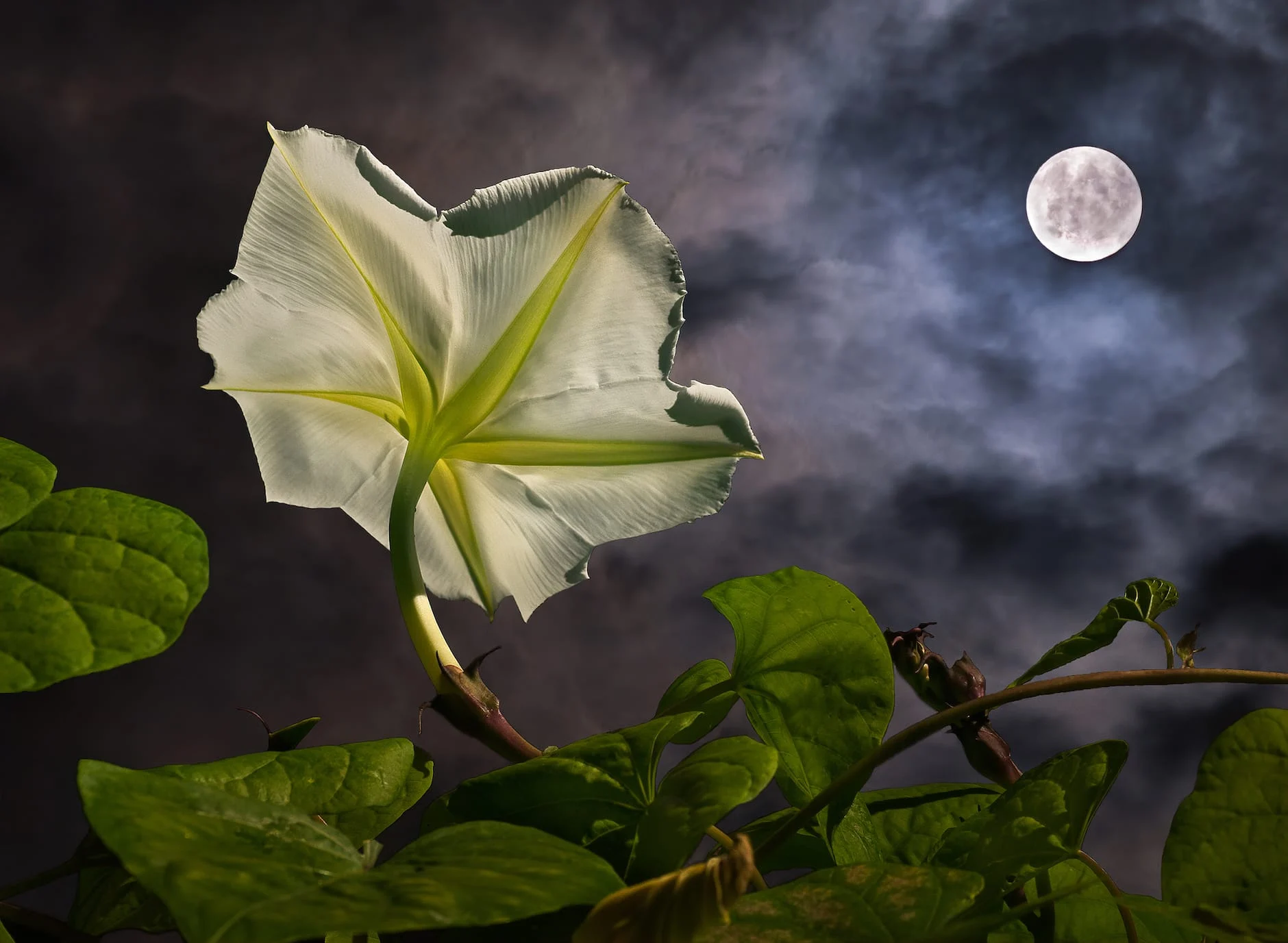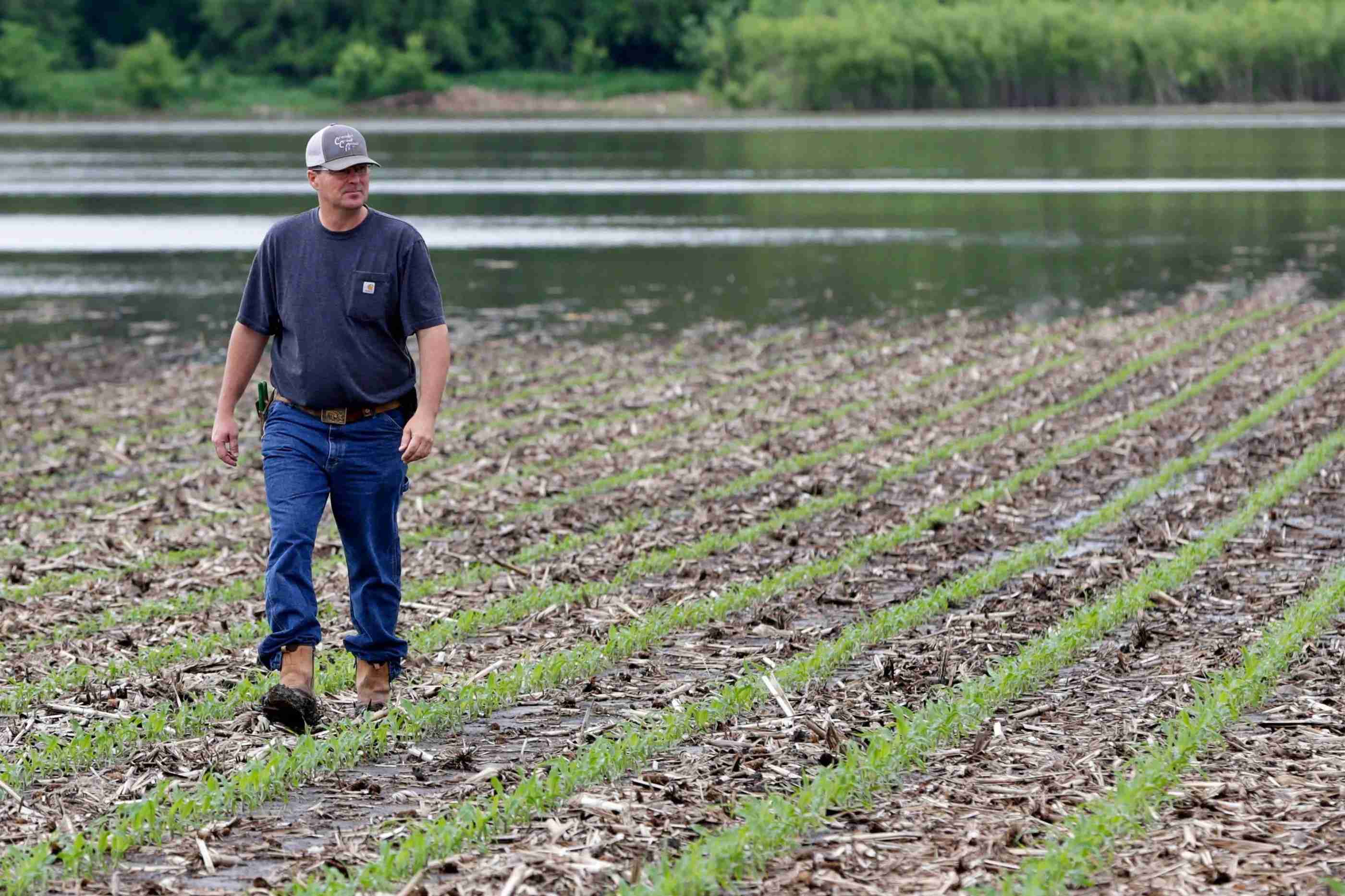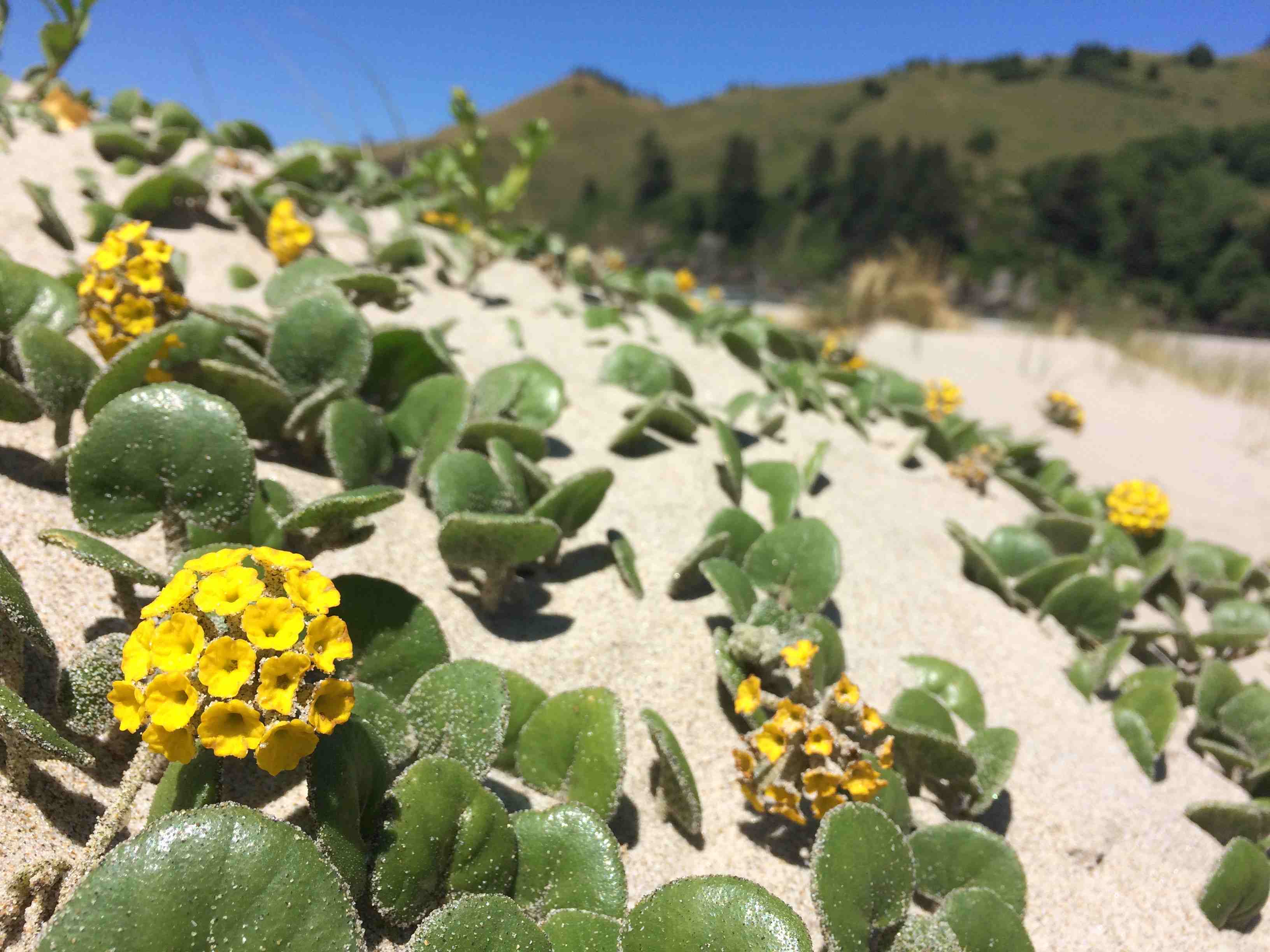Home>Gardening Tips and Tricks>Eco-Friendly Gardening>What Are The Planting Signs For Today
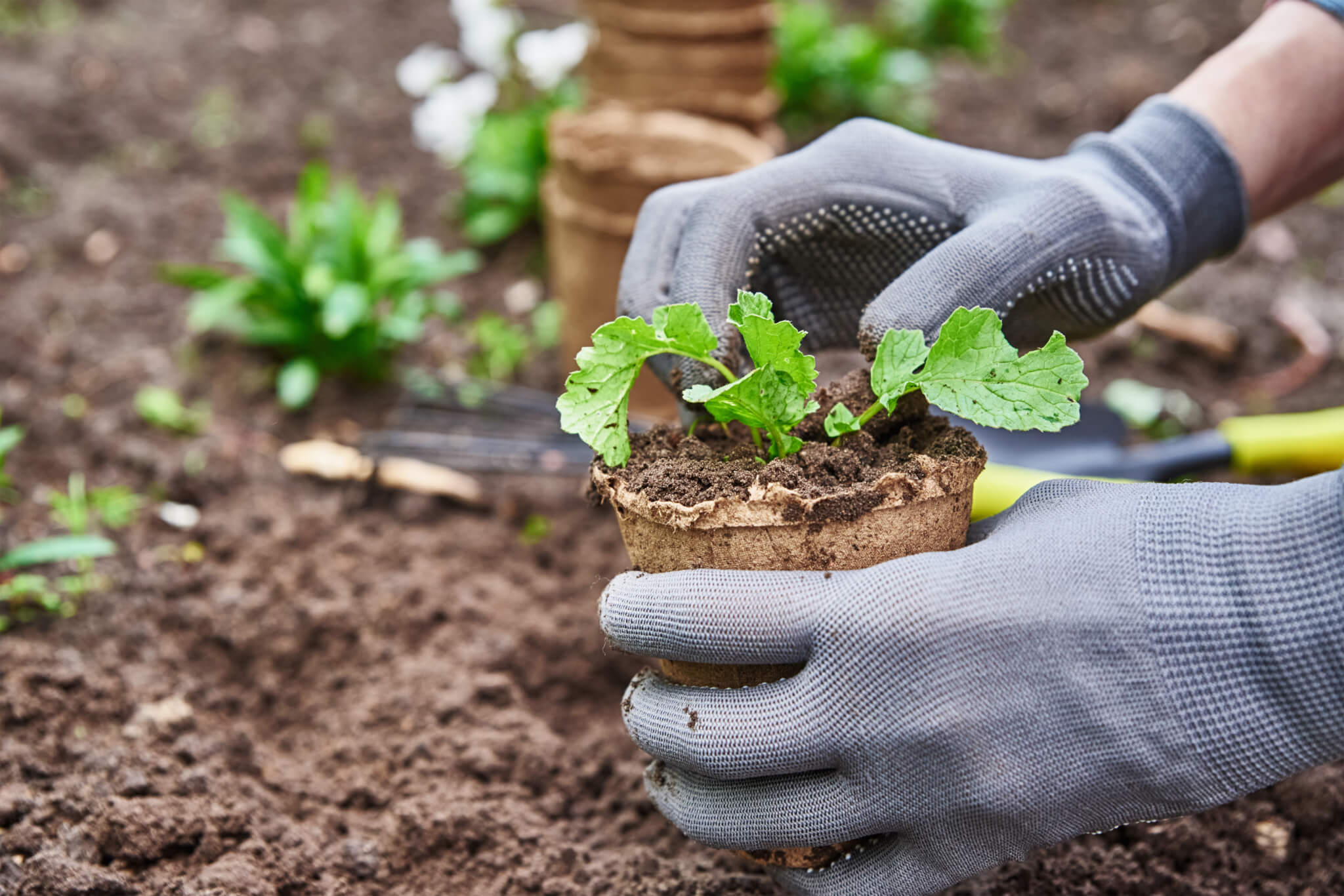

Eco-Friendly Gardening
What Are The Planting Signs For Today
Modified: January 22, 2024
Discover the planting signs for today and embrace eco-friendly gardening. Explore sustainable gardening practices and create a thriving green space.
(Many of the links in this article redirect to a specific reviewed product. Your purchase of these products through affiliate links helps to generate commission for Chicagolandgardening.com, at no extra cost. Learn more)
Table of Contents
Introduction
Welcome to the world of eco-friendly gardening! In today’s fast-paced and environmentally conscious society, more and more people are turning to sustainable practices, including gardening. Eco-friendly gardening focuses on nurturing and respecting the natural environment while creating beautiful and bountiful gardens.
But where to begin? Planning and planting your garden can be an exciting but overwhelming process. That’s where planting signs come in handy. These signs are valuable indicators that can help you determine the best time to plant different crops, flowers, and herbs, optimizing their growth and ensuring a successful harvest.
Planting signs can vary based on the season, moon phases, weather patterns, and even natural phenomena. By paying attention to these signs, you can align your gardening activities with the natural rhythms and cycles of the earth, promoting healthier plants and maximizing your garden’s potential.
In this article, we will explore various types of planting signs that can guide your eco-friendly gardening journey. From season-dependent signs to moon phase indicators, astrological influences, weather patterns, and natural phenomena, you will discover a wealth of valuable insights to help you make informed decisions about when and what to plant.
So, whether you are a novice gardener or have years of experience, let’s dive into the fascinating world of eco-friendly gardening and explore the planting signs that can help you cultivate a vibrant and sustainable garden.
Season-Dependent Planting Signs
One of the most reliable and straightforward planting signs is the change in seasons. Different plants thrive best during specific seasons, and paying attention to these natural cycles can greatly improve your gardening success.
For example, cool-season crops like lettuce, spinach, and radishes prefer to be planted in the spring or fall when temperatures are mild. These plants can tolerate cooler temperatures and will struggle in the extreme heat of summer. On the other hand, warm-season crops like tomatoes, peppers, and cucumbers thrive in the summer months when the soil and air temperatures are consistently warm.
Observing the seasonal changes in your region can help you determine when it’s best to start planting or transplanting certain varieties. Look for signs such as the emergence of spring blooms or the changing colors of leaves in the fall to gauge the ideal planting time.
Additionally, monitoring the average last frost date in your area is crucial, as many plants are sensitive to freezing temperatures. Planting too early can result in frost damage or stunted growth, while planting too late can limit the growing season for warm-loving plants.
It’s important to note that not all regions experience the same climate patterns or have the same growing seasons. Understanding your local climate and researching the appropriate planting times for your specific area will ensure that you make the most of the season-dependent planting signs.
By aligning your gardening activities with the changing seasons, you can create a harmonious and thriving garden that celebrates the natural rhythms of the Earth.
Moon Phase Planting Signs
The moon’s phases have long been believed to influence gardening and agricultural practices. Many gardeners follow the lunar calendar to determine the best times for planting, transplanting, pruning, and harvesting.
The two main phases that influence planting decisions are the waxing and waning phases of the moon. During the waxing phase, from the new moon to the full moon, the moon is believed to pull plant sap up towards the surface, promoting strong root growth. This is an ideal time for planting crops that produce below-ground parts, such as potatoes, carrots, and onions.
On the other hand, during the waning phase, from the full moon to the new moon, the moon’s gravitational pull is thought to shift downward, encouraging energy to move to the roots. This phase is considered best for planting or transplanting crops that produce above-ground parts, such as leafy greens, flowers, and fruiting plants.
Moreover, some gardeners also take into account the zodiac signs that the moon passes through during each phase. These astrological signs are believed to impart specific qualities to plants. For example, when the moon is in a fire sign like Aries or Leo, it is considered favorable for planting crops that produce fruit or have strong flavors. When the moon is in an earth sign like Taurus or Virgo, it is believed to enhance root development, making it an ideal time for planting root vegetables.
While the scientific evidence for the moon’s effect on plants is limited, many gardeners swear by the moon phase planting method and find it beneficial. Whether you choose to follow it strictly or simply use it as a guide, incorporating moon phase planting signs into your gardening routine can add an extra layer of harmony and connection with nature.
Astrological Planting Signs
Astrology, the study of the position and influence of celestial bodies, has been intertwined with human practices for centuries. Some gardeners believe that the astrological signs can provide valuable insights into the best times for planting and tending to their gardens.
The zodiac signs, each associated with specific elements (fire, earth, air, and water), are believed to have different effects on plant growth and development. For example, fire signs like Aries, Leo, and Sagittarius are associated with warmth and energy, making them ideal for planting crops that thrive in heat, such as peppers and tomatoes.
On the other hand, earth signs like Taurus, Virgo, and Capricorn are associated with stability and grounding. This makes them favorable for planting root crops like potatoes and carrots, as well as plants that require strong root development.
Air signs like Gemini, Libra, and Aquarius are linked to intellect and communication. These signs are considered suitable for planting herbs and flowering plants that rely on good air circulation.
Water signs like Cancer, Scorpio, and Pisces are associated with emotions and intuition. Planting leafy greens and plants that thrive in moist environments are often favored during these signs.
While the influence of astrological signs on gardening is not backed by scientific evidence, many gardeners find it intriguing and enjoy experimenting with this approach. Incorporating astrological planting signs into your gardening practices can deepen your connection with the natural world and add an element of mysticism to your eco-friendly garden.
Weather-Related Planting Signs
The weather plays a crucial role in gardening, and paying attention to weather-related planting signs can greatly enhance your gardening success. Monitoring weather patterns and forecasts can help you make informed decisions about when and what to plant.
Sensitive plants, such as tender annuals or tropical plants, should be planted when the threat of frost has passed and temperatures have consistently warmed. Observing weather patterns and historical data can give you an idea of when the risk of frost is minimal in your region, allowing you to confidently plant these delicate varieties.
Rainfall patterns are another essential aspect to consider. Planting during a dry spell or drought can put stress on your plants, making it harder for them to establish and thrive. On the other hand, planting during a period of heavy rain can result in waterlogged soil and poor root development. Aim to plant during a stretch of stable and moderate rainfall for optimal growing conditions.
Temperature fluctuations can also impact planting success. Some plants, like cool-season crops, can tolerate mild frosts and prefer cooler temperatures, while others require warmer conditions to germinate and thrive. Understanding the temperature requirements of different plant varieties and aligning them with the forecasted weather can help you determine the best planting times.
Moreover, extreme weather events can pose risks to both newly planted and established gardens alike. Planting during periods of high winds, heavy storms, or extreme heat can stress plants and hinder their growth. It’s crucial to be mindful of the weather conditions and avoid planting in adverse conditions that could potentially damage or stunt the growth of your plants.
By considering weather-related planting signs and adapting your gardening activities accordingly, you can optimize the conditions for your plants, ensuring a healthy and thriving garden.
Natural Phenomena Planting Signs
Observing natural phenomena can provide fascinating insights and valuable planting signs for your eco-friendly garden. Nature has its own way of indicating the optimal conditions for growth, and tapping into these signs can enhance your gardening endeavors.
One significant natural phenomenon to pay attention to is the behavior of wildlife. Animals have a keen sense of the environment and can often predict changes in weather or other conditions. For example, the emergence of certain insects or the arrival of migratory birds can signal the beginning of a specific season, indicating that it’s time to start planting certain crops or flowers.
Another natural phenomenon to consider is the blooming of native wildflowers or the leafing out of trees in your area. These events can give you a sense of when the local ecosystem is transitioning into spring or autumn, guiding your planting decisions accordingly.
Furthermore, studying the behavior of plants in your local environment can provide important planting signs. Keep an eye out for the emergence of certain perennial plants or the sprouting of weeds, as they can indicate that soil temperatures and other conditions are favorable for planting. Working in harmony with the natural cycles of plant growth in your area can greatly increase your garden’s success.
Lastly, observing the alignment of the sun and shadows can provide clues about the optimal placement of your plants. Understanding how sunlight moves across your garden throughout the day and in different seasons will help you determine the best location for sun-loving plants or shade-tolerant varieties.
By attuning yourself to the natural phenomena surrounding your garden, you can tap into the wisdom of the environment and make informed decisions about when and how to plant, fostering a deeper connection with nature.
Conclusion
Embarking on an eco-friendly gardening journey involves more than just planting and tending to your plants. It’s about understanding and aligning with the natural rhythms and cycles of the Earth. Planting signs play a vital role in helping you make informed decisions about when and what to plant, optimizing your garden’s success while nurturing the environment.
From season-dependent planting signs that consider the climate and local weather patterns to moon phase indicators that follow the waxing and waning of the moon, each planting sign offers unique insights. Astrological influences and natural phenomena, such as the behavior of wildlife or the blooming of native plants, further enhance the connection between your garden and the larger ecosystem.
By incorporating these planting signs into your gardening practices, you can cultivate a garden that harmonizes with the natural world. Whether you choose to follow each sign strictly or use them as a guide, the awareness and mindfulness that come with eco-friendly gardening will not only benefit your plants but also deepen your connection to nature.
So, as you embark on your gardening journey, take the time to observe and learn from the environment around you. Enjoy the process of planning, planting, and nurturing your garden, knowing that you are contributing to the well-being of the planet and fostering a sustainable and beautiful space.

